Can You Ground on Concrete? Your Complete Grounding Surface Guide
Walking barefoot on grass connects us to Earth's healing energy – that's grounding 101. But what about that cold concrete basement floor? Plot twist: concrete might be conducting more than just chills through those bare feet.
Science reveals surprising truths about grounding on concrete, and moisture plays a bigger role than anyone expected.
Time to discover if that concrete floor is secretly a grounding goldmine. The science might surprise even the biggest skeptics. Let's dig in.
How Does Grounding Work?
Grounding connects our bodies to Earth's natural electric charge through direct contact. Think of Earth as a massive battery – constantly generating electrons that neutralize positive charges in our bodies.
Earth maintains a negative electrical potential. When we make direct contact, electrons flow from the ground into our bodies. This electron transfer happens through conductive surfaces.
The process requires three things:
-
Direct skin contact (bare feet, hands, or body)
-
A conductive surface (grass, soil, sand, or certain materials)
-
An unbroken path to Earth's electrical field
Our modern lifestyle keeps us insulated. Rubber-soled shoes, wooden floors, and synthetic carpets block this natural connection. We're basically walking around like unplugged devices.
Research shows this electron exchange can reduce inflammation, improve sleep, and decrease cortisol levels. A 2013 study found that grounding can reduce blood viscosity – a major factor in cardiovascular health.
The key question becomes: which surfaces actually conduct these electrons? Not all materials are designed the same. Some surfaces we assume block grounding might actually work perfectly fine.
Is Concrete Conductive?
Concrete isn't naturally conductive – but it rarely stays in its pure form. The secret lies in what happens after it's poured.
Concrete acts like a sponge for moisture. Water seeps in from the ground below, and humidity is absorbed from the air above. This moisture contains dissolved minerals that create conductive pathways. The result? Many concrete surfaces become electron highways.
That’s why people often ask, does earthing work on concrete? And another common question is, can concrete conduct electricity? The answer in many cases is yes—especially when the concrete is unsealed and retains moisture.

Key factors that affect concrete conductivity:
-
Moisture content (the game-changer)
-
Age of the concrete (older = more porous)
-
Sealants, coatings, or tiles (most block conductivity)
-
Distance from Earth (basement vs. 10th floor)
Unsealed concrete ground directly on soil typically conducts well. That basement floor? Probably a decent grounding surface. The sealed patio by the pool? Not so much.
Barefoot Grounding on Concrete
Let's get straight to when it works and when it doesn't.

✅ When It Works
-
Unsealed concrete basement floors are grounding gold. They're in direct contact with Earth, absorb ground moisture, and maintain conductivity year-round—perfect for earthing on concrete.
-
Unsealed outdoor concrete—like driveways and sidewalks—becomes highly conductive after rain or morning dew. Moisture boosts conductivity, turning these everyday surfaces into grounding concrete zones. Even garage floors often work since they’re typically uncoated and stay humid, especially near vehicle entrances.
-
Concrete slabs poured directly on the ground and left unsealed (like those in old carports or utility spaces) are also great grounding candidates—especially when shaded or exposed to natural ground moisture. Cement ground in contact with soil edges tends to conduct even better, as moisture wicks inward from these boundaries.
💡 Pro tip: Gounded concrete near soil or grass edges conducts better than the center sections. Moisture wicks inward from these boundaries.

❌ When It Doesn't Work
-
Painted, sealed, or epoxy-coated concrete creates an insulating barrier. Those glossy garage floors with epoxy coatings? Zero conductivity. The same goes for concrete treated with waterproofing sealants or surface hardeners.
-
Elevated concrete—such as second-story concrete balconies, raised patios, or slabs over crawl spaces—lose their direct Earth connection and won't ground effectively. The further from the soil, the weaker the connection.
-
Bone-dry concrete in arid regions or climate-controlled buildings blocks electron flow. Without moisture, concrete acts as an insulator. This includes most indoor concrete in heated homes or air-conditioned buildings where humidity is consistently low.

💦 Quick Test: Sprinkle water on the surface. If it beads up, there's a sealant blocking conductivity. If it absorbs, you might have a grounding surface.
Comparing Concrete to Other Surfaces
Not all grounding surfaces deliver equal results. Here's how concrete stacks up against nature's best conductors:
✅ Top Performers:
-
Wet grass: The champion. Moisture + direct Earth contact = maximum electron flow
-
Beach sand: Salt water creates incredible conductivity (up to 100x better than fresh water)
-
Bare soil: Especially effective when damp. Rich in minerals that enhance conductivity

📍 Concrete Position:
Unsealed, moist concrete ranks just below natural surfaces. Think of it as "good enough" grounding – not optimal, but surprisingly effective. Examples include a grounding concrete slab, unsealed basement floors, and outdoor driveways. However, conductivity drops sharply if the concrete is dry, sealed, or elevated (e.g., above a basement or second floor). For optimal results, choose bare, ground-level concrete that’s slightly damp.
❌ Poor Choices:
-
Dry sand: Acts as an insulator
-
Wood/asphalt: Block electron flow completely
-
Indoor tiles: Unless they're unsealed stone on ground level

The surprise winner? Conductive concrete – a newer material with added carbon or steel fibers. Originally designed for deicing, it grounds better than grass. Some forward-thinking homeowners install it specifically for indoor grounding zones.
Grounding Surface Comparison
|
Surface Type |
Grounding Effectiveness |
Notes |
|---|---|---|
|
Wet Grass |
Excellent |
Moist + direct Earth contact = maximum conductivity |
|
Beach Sand |
Excellent |
Saltwater saturation boosts conductivity up to 100x over fresh water |
|
Damp Soil |
Great |
Rich in minerals, works best when moist |
|
Moist Concrete |
Moderate |
Unsealed and on ground level = “good enough” grounding |
|
Dry Concrete |
Poor |
Conductivity drops significantly when dry or sealed |
|
Dry Sand |
Poor |
Acts as an insulator with minimal conductivity |
|
Wood/Asphalt |
None |
Non-conductive, blocks electron flow |
|
Indoor Tile |
None to Poor |
Only potentially conductive if unsealed stone directly on ground level |
⭐️ Further Reading:
What Surfaces Can You Ground On?
Practical Tips for Grounding on Concrete
Test first, ground second. A $20 multimeter saves guesswork.
Test Process:
-
Sprinkle water on the concrete if it's too dry before testing
-
Set your multimeter to AC voltage (V~) mode.
-
Touch one probe to the concrete, and the other to your skin (e.g., hand or foot).
-
Compare readings: voltage is typically higher with shoes and should drop significantly when barefoot if grounding is working.
Boost conductivity instantly:
-
Spray concrete with salt water (1 tablespoon per cup)
-
Place a damp towel under your feet
-
Ground during humid mornings when moisture peaks
Timing matters:
-
Best: Early morning (dew accumulation)
-
Good: After rain or watering nearby plants
-
Worst: Mid-afternoon in air-conditioned spaces
Create a grounding station:
Set up a grounding spot on unsealed concrete near exterior walls or potted plants, where moisture naturally collects or overflows. Use a spray bottle on dry days to maintain conductivity.
Alternatives When Concrete Isn't Suitable
When concrete won't cooperate, modern solutions bridge the gap between you and Earth's energy.
Grounding Sheets
Grounding sheets revolutionized indoor grounding. Homlyns' silver-fiber sheets (95% organic cotton, 5% pure silver) connect to your home's grounding system. While you sleep, electrons flow through the conductive fibers – same effect as barefoot on grass, but in bed.

Grounding Mats
Grounding mats work anywhere. Place under your desk, by the kitchen sink, or next to your favorite chair. They plug into the ground port of any outlet. Perfect for apartments where outdoor access is limited.
Grounding Socks
Woven with conductive threads, grounding socks allow electron flow when you stand or walk on conductive surfaces—like grounding mats or Earth-connected tiles. They’re great for indoor grounding with comfort.
Grounding Shoes
Designed with conductive soles (often using carbon or copper), grounding shoes let you stay connected while walking on natural ground. Unlike regular rubber soles that insulate, these shoes let electrons flow freely from Earth to body.
Grounding Patches and Bands
These body-worn options offer targeted contact with grounding energy. Simply stick the patch on your skin or wear a band around your wrist or ankle—great for travel or continuous use during daily activities.
Grounding Rods
For a direct Earth connection, install a grounding rod outside and run a conductive wire indoors. This setup bypasses the building’s electrical system entirely, offering a pure, reliable grounding option—especially valuable in older homes with unverified wiring.
Ready to Ground Yourself at Home with Homlyns?
Concrete flooring can be your secret grounding ally – if it's unsealed and carries a bit of moisture. We've learned that electrical current flows through wet concrete almost as well as dirt or grass.
Key takeaways:
-
Unsealed basement concrete often grounds effectively
-
Moisture transforms concrete from an insulator to a conductor
-
Test with a multimeter or a simple water spray
-
Morning dew and rain create optimal conditions
-
Sealed or painted surfaces block all benefits
-
Distance from Earth matters – ground concrete floors beat upper levels
When outdoor grounding isn't practical (think winter or urban living), smart alternatives exist. Homlyns' grounding sheets combine the best of both worlds – Earth's energy meets bedroom comfort. Built with silver fibers that conduct like a copper pipe in your electrical circuit, they bring the beach to your bed. No more choosing between good sleep and grounding benefits.




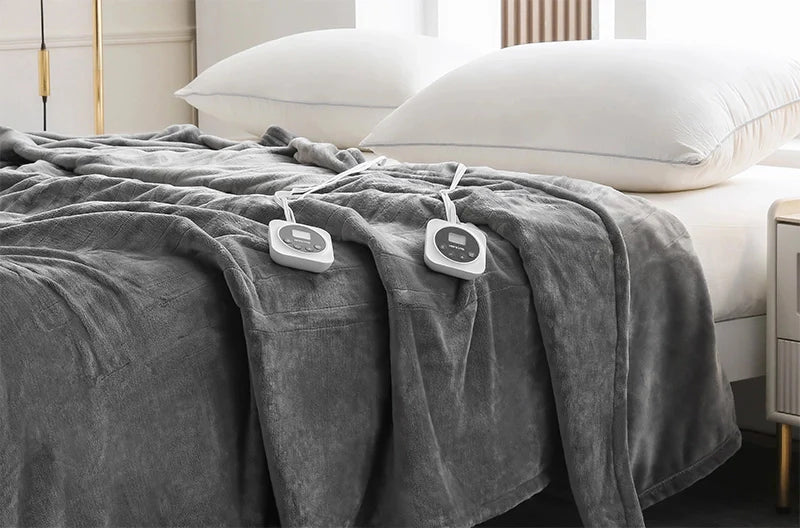
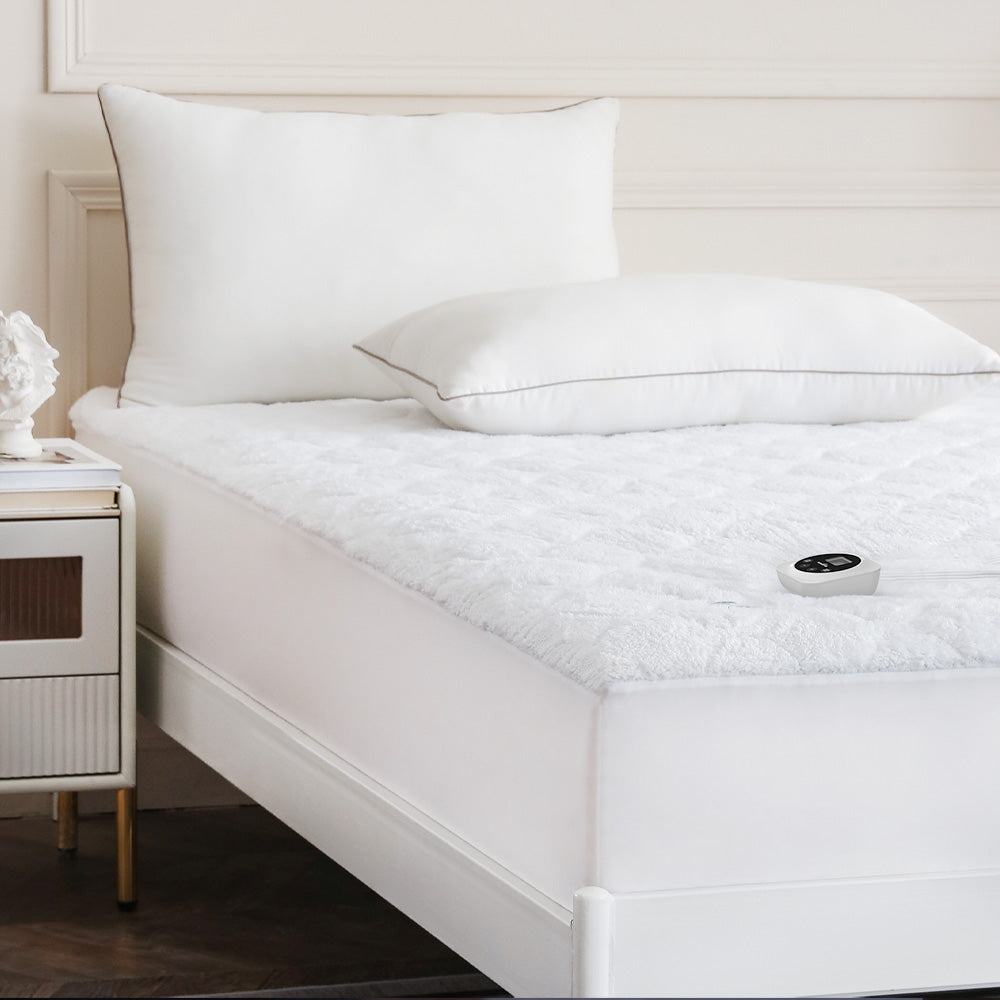
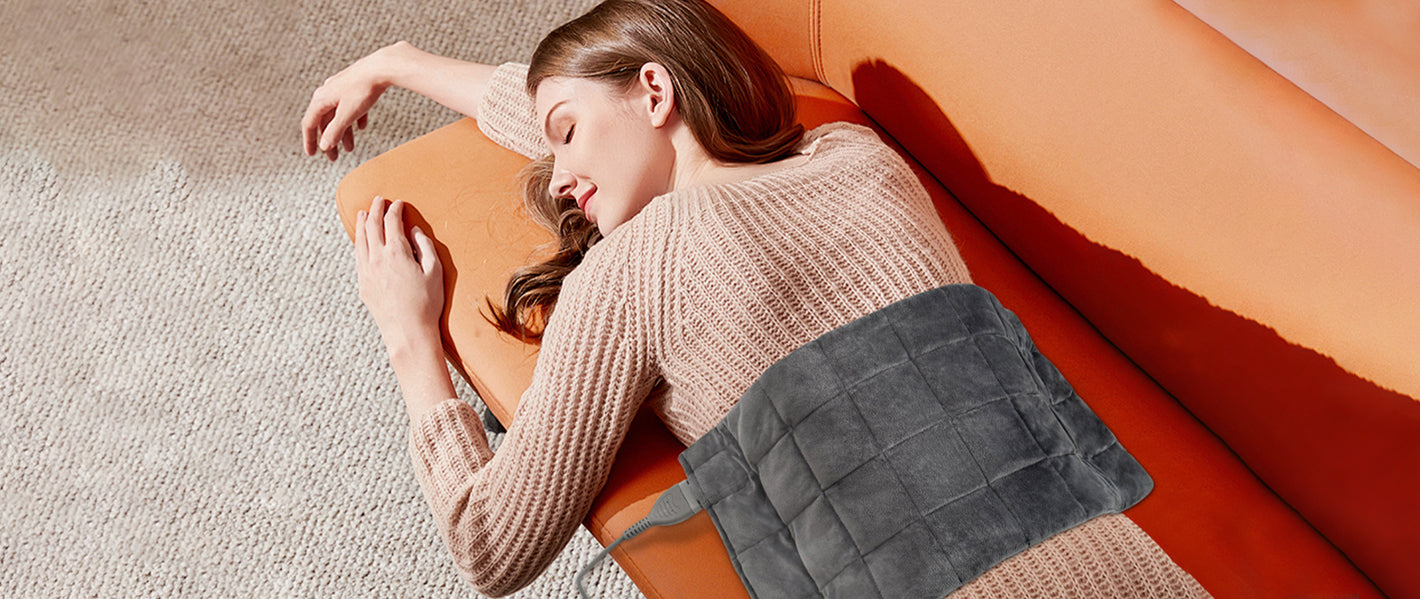
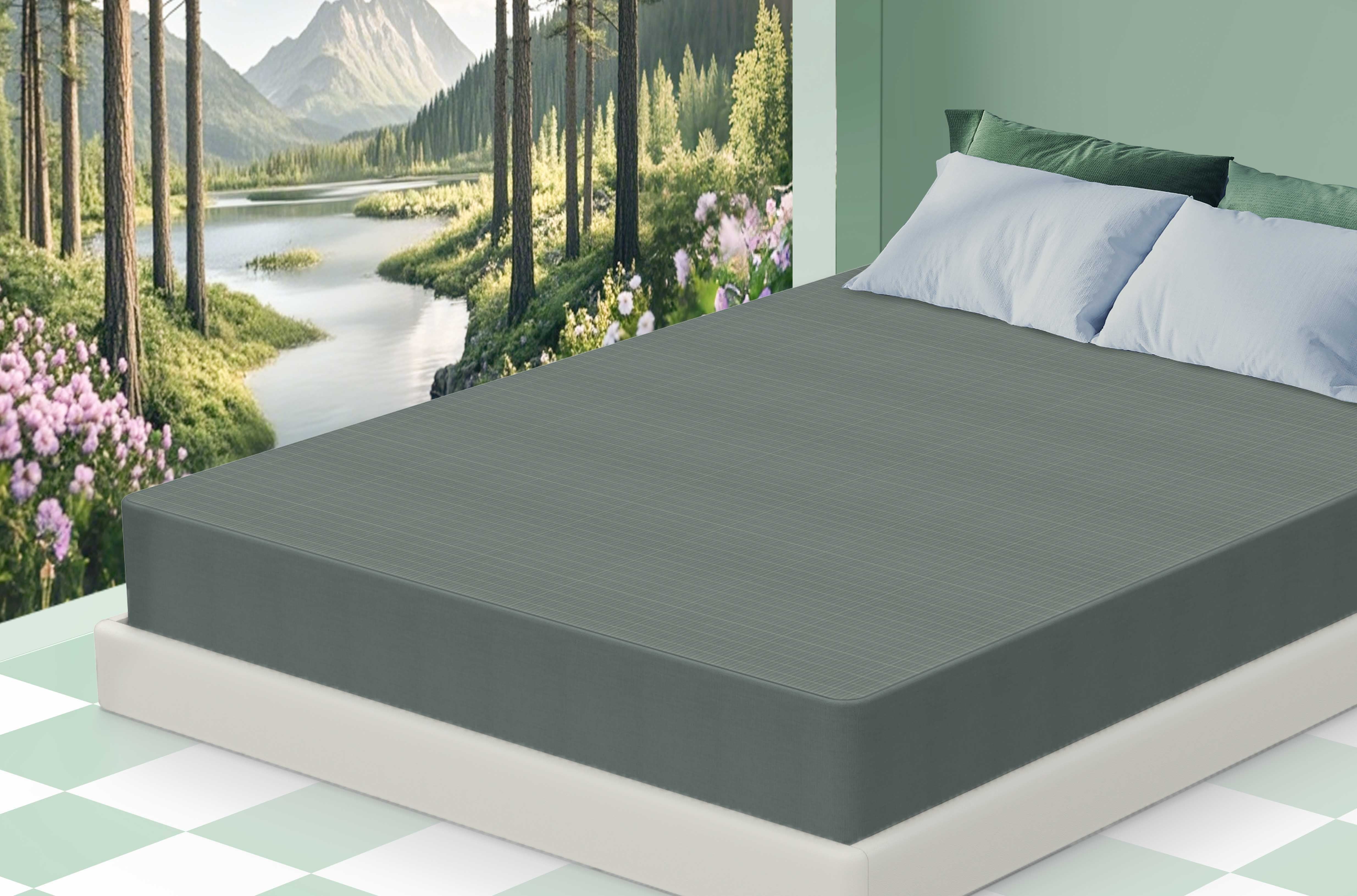

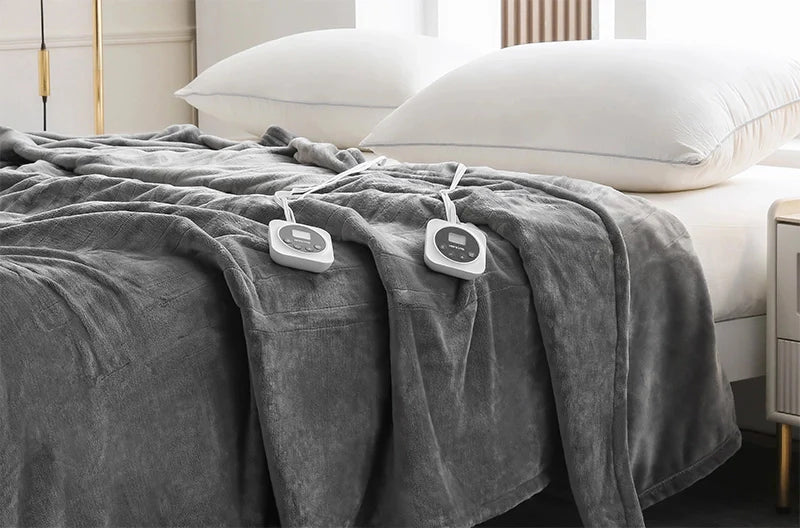
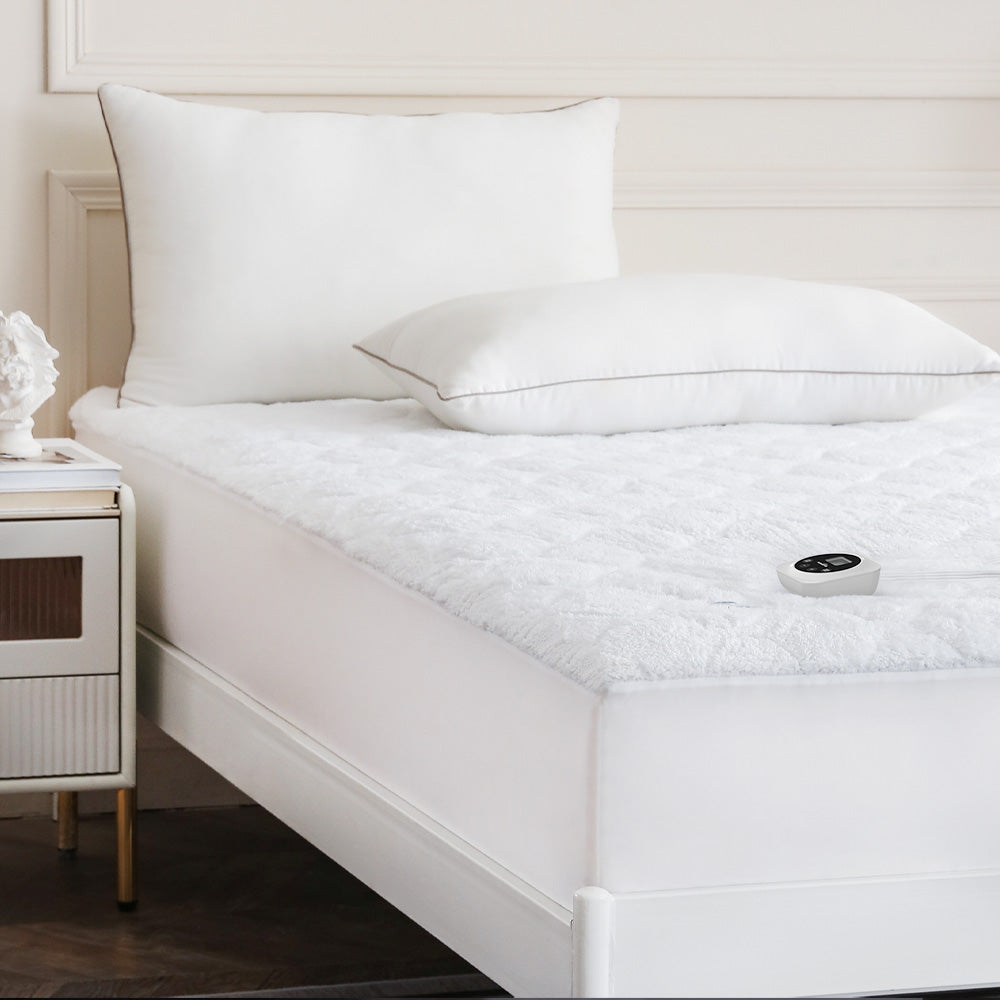
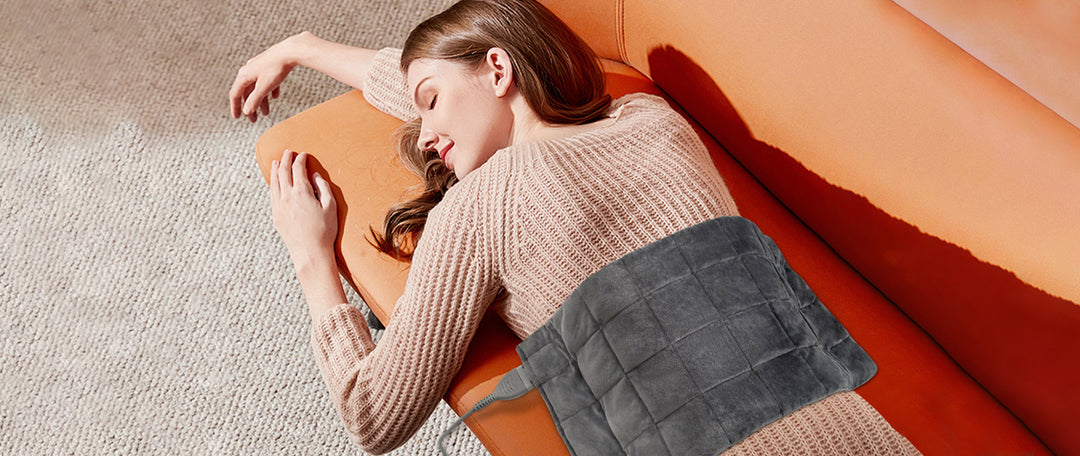
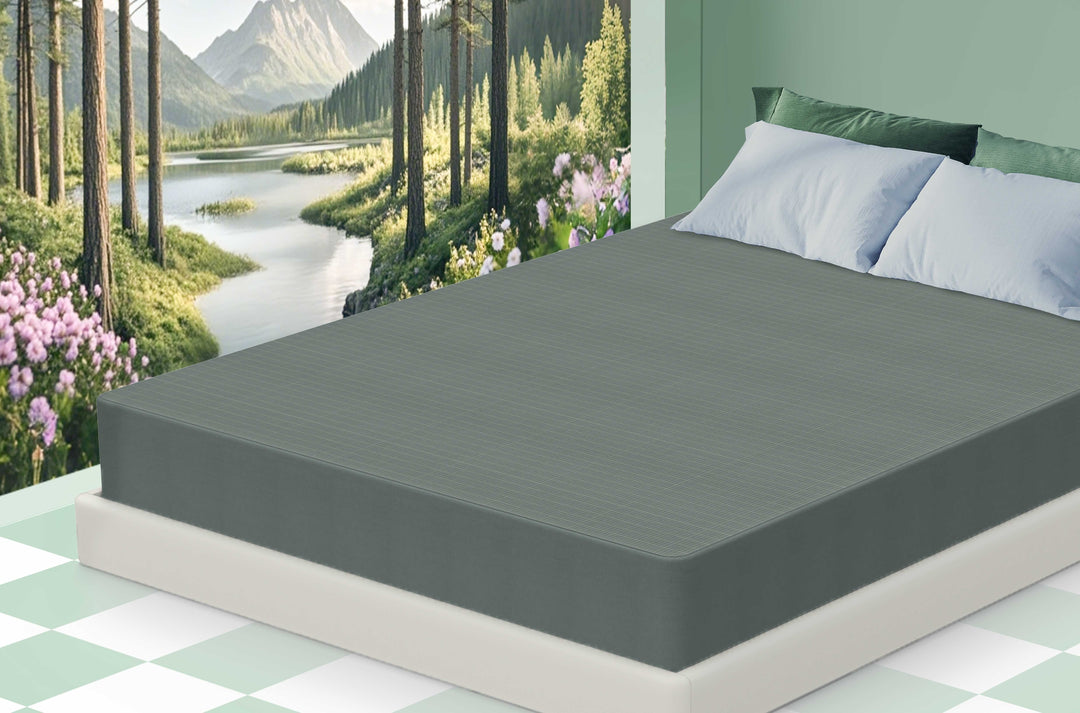



Leave a comment